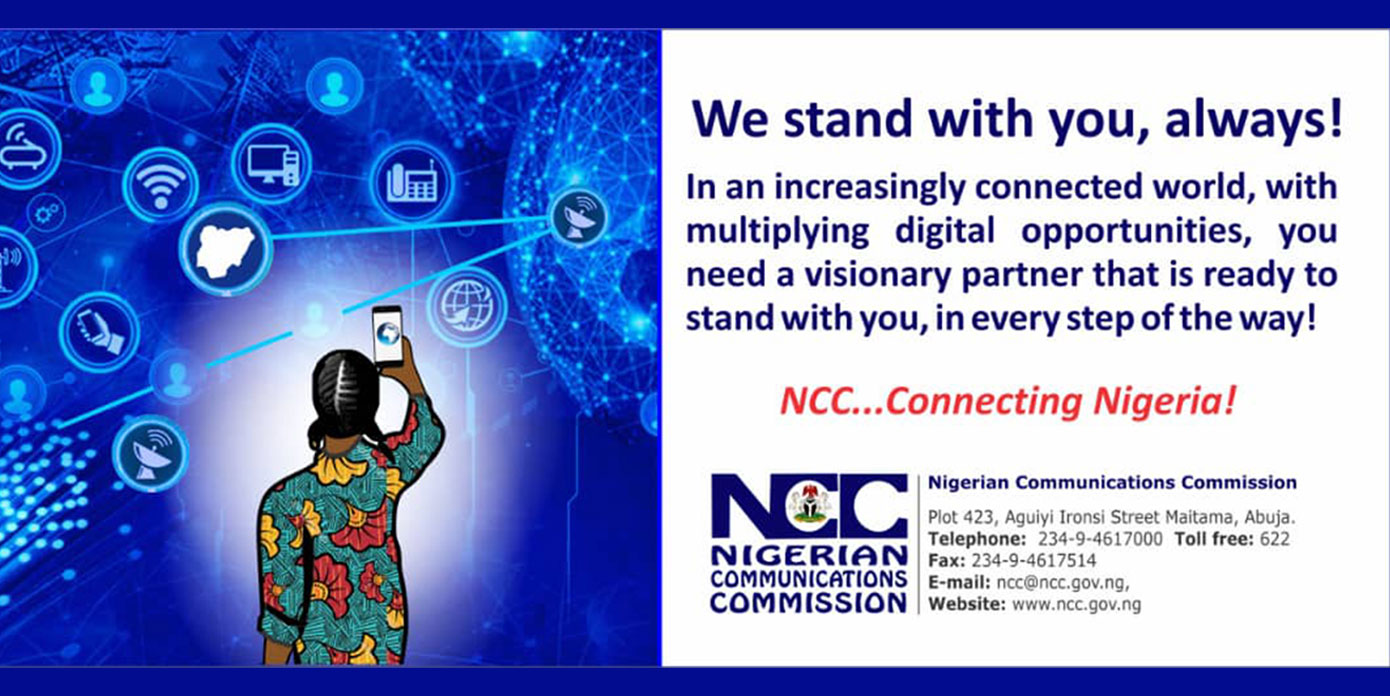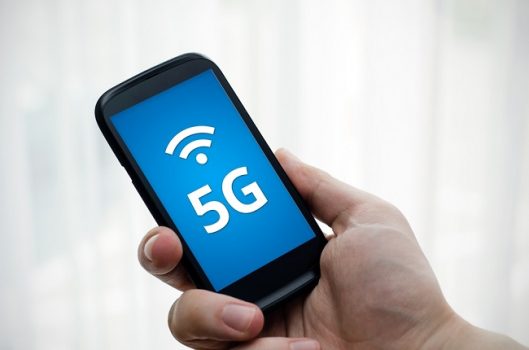Mobile technology will help to get us through this whether that be from supporting health services, allowing more people to work remotely or simply providing a link to the outside world for people self-isolating. That said, for the average consumer priorities have clearly changed. With the epicentre of the crisis now in Europe, many potential early adopters of the latest technologies will now need to concern themselves with their financial and personal wellbeing rather than the latest handset.
This year is already shaping up to be a bad one for everyone, but what does it mean for 5G vendors, operators and users? How will the crisis affect national rollouts and what should we expect to see in the future?
There is little doubt that this is the most significant challenge mobile network and handset vendors have faced.
Globally, governments have announced extreme measures to support economies including low-interest government loans, income subsidies and tax breaks. The UK government announced £330 billion ($392.5 billion) in loans will be offered to businesses and the US administration is planning a trillion dollar stimulus programme which could include direct payments to citizens.
Despite these actions, it is inevitable disposable income for both consumers and enterprises will fall. Trillions have already been lost from stock markets, and the travel and tourism industry has been decimated.
For the mobile industry, 5G will be the hardest hit. Consumers are not going to stop using mobile phones, but most will not be in a position to spend more on a service which is still very much seen as a nice to have. With ARPU already stagnating, MNOs will struggle to generate the revenue streams required for a major technology build out.
Consumer interest in 5G will decline
GSMA Intelligence’s consumer survey found the majority of
respondents in most markets had limited interest in upgrading to 5G…yet.
This was most apparent in Europe, where nearly 80 per cent of consumers
in the UK did not plan to upgrade, while many in France and Germany
were not even aware of the technology.
In the current environment, where consumers and enterprises are worrying about their financial future, sentiment is unlikely to improve. Ipsos data showed 37 per cent of US consumers now believe the coronavirus will have an impact on their personal finances. The factor is even more pronounced in other key 5G markets: in Japan the figure was 56 per cent; with Australia at 40 per cent; and Italy 41 per cent.
Beyond these first order effects, there are secondary effects on mobile uptake too. Major potential sports and entertainment use cases which could have generated interest in 5G are now on hold: European football leagues and the US NBA are postponed indefinitely, while the Eurovision Song Contest was cancelled for the first time in its history.
With consumer confidence at such a low and the development of most new business cases likely to slow, GSMA Intelligence is reducing the forecast for 2020 by more than 25 per cent: we now expect around 150 million 5G connections globally by the end of the year, with the majority of devices in East Asia and the US.
Coverage and device availability will continue to be a barrier as rollouts are delayed
5G has been launched in nearly 30 markets across the world.
Yet, in most cases, coverage has been limited to small, densely
populated areas. Operators in early adopting markets had planned to
spend the next two years expanding and densifying networks. Meanwhile,
2020 should have been the year of the 5G smartphone.
As well as the challenging economic landscape, MNOs will have to contend with significant limitations in the supply chain. Many of the parts used for both devices and networks originate from Chinese companies. While the nation now seems to be over the worst of the epidemic, with month-on-month smartphone shipments dropping 40 per cent in January and a further 56 per cent in February, the impacts to productivity resulting from enforced factory closures will be felt for some time.
At the same time, if social distancing drives more usage on communications networks, operators may need to spend all of their resources on simply keeping existing networks operating versus deploying new ones.
5G is a powerful soldier in the war on the coronavirus
A crisis can be a driver of technological advancement and
despite the challenges facing the industry, 5G is in some cases already
proving its worth.
In Wuhan, for example, Huawei installed a 5G network in a specialist hospital in three days: 5G-enabled robots can now help to take care of patients in the hospital and take measurements, reducing the amount of time medical staff need to spend with infectious patients. Additionally, specialists are using 5G to control medical equipment in distant centres across the country, allowing them to remotely diagnose new cases and support local physicians.
More broadly, for the millions of people now in isolation, internet connectivity is allowing work to continue without the need to go into the workplace. While working from home has been an option for office workers for some time, 5G can provide a far better experience for virtual meetings and, of course higher network capacities, making it an important tool in simply keeping up with new traffic demands.
Work and productivity aside, 5G will also be a key tool in entertaining and connecting people. With face-to-face social interactions limited, and with friends and families in some cases trapped in different countries, mobile internet connectivity allows us to keep in touch with loved ones who would otherwise be isolated. It is also worth considering that with sports and TV shows cancelled or restricted, people will look for new ways to entertain themselves and some of those could be enabled by 5G.
firsThe outlook for the future
The Covid-19 epidemic is a great, but not insurmountable challenge for the industry. We are seeing this already as operators move forward on their 5G plans. In Japan, for example, NTT Docomo will this week become the first operator to introduce mobile 5G to the market, with KDDI and SoftBank not far behind.
Elsewhere, China Unicom and China Telecom plan to reach their 250,000 5G base station target in Q3, earlier than their original plan. In the US, the National Association of Tower Erectors (NATE) say tower construction is continuing twithout major disruption.
Governments have already shown their willingness to invest as they strive to avoid a major recession, and covering underserved areas is seen a priority for many countries. The UK government for example, agreed in October 2019 to invest £500 million into a project ensuring at least 4G coverage for 95 per cent of the country. With the GSMA predicting 5G will contribute $2.2 trillion to the global economy between 2024 and 2034, this could be a great time for governments to invest in the technology.
With working from home now widespread, an increasing number of businesses and their employees will see the benefits of remote working and not everyone will want to return to Monday-to-Friday in the office. Additionally, with travel severely limited, large organisations will see the necessity for an alternative to face-to-face business consultations. 5G will enable more people to work together on projects and in meetings, and so even when things get back to normal, we will be able to spend more time with our families and reduce our carbon footprint.
Over the next two years we should expect to see lower-than-hoped global 5G adoption and in most markets we are going to have to wait a bit longer to see extensive 5G networks. The impact will not be forever however, with Qualcomm already predicting a hard snap-back demand.
As the world recovers from this crisis, we will see that wider connectivity and better networks will become a priority for consumers, enterprises and governments.
– Matthew Iji – senior manager, Core Data, GSMA Intelligence
The editorial views expressed in this article are solely those of the author and will not necessarily reflect the views of the GSMA, its Members or Associate Members.













